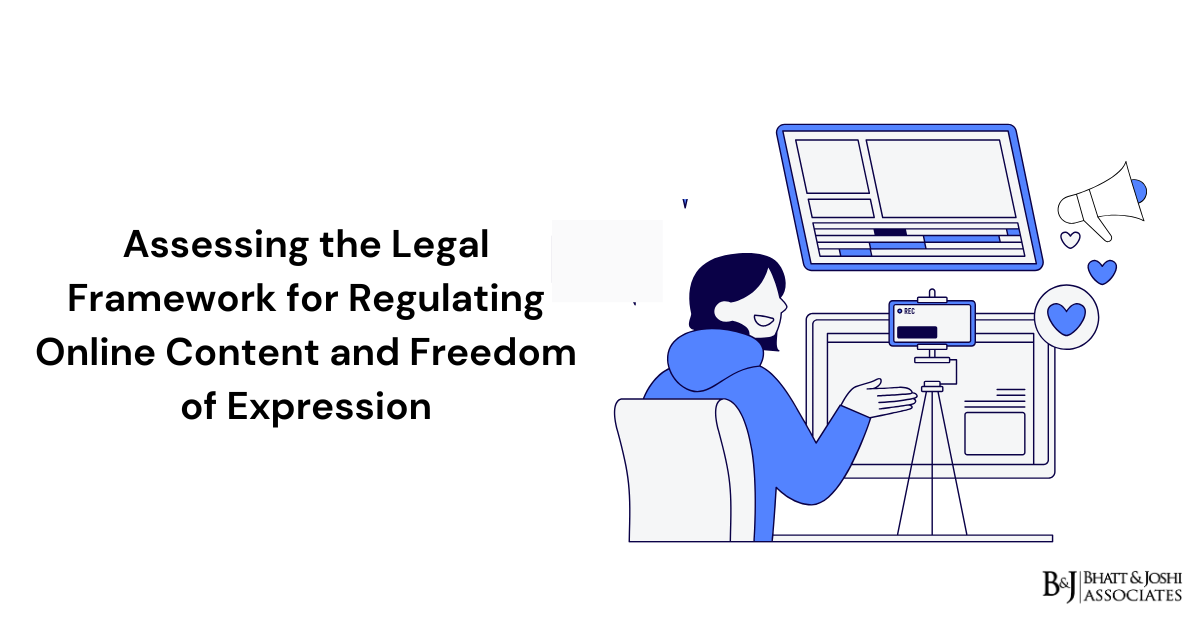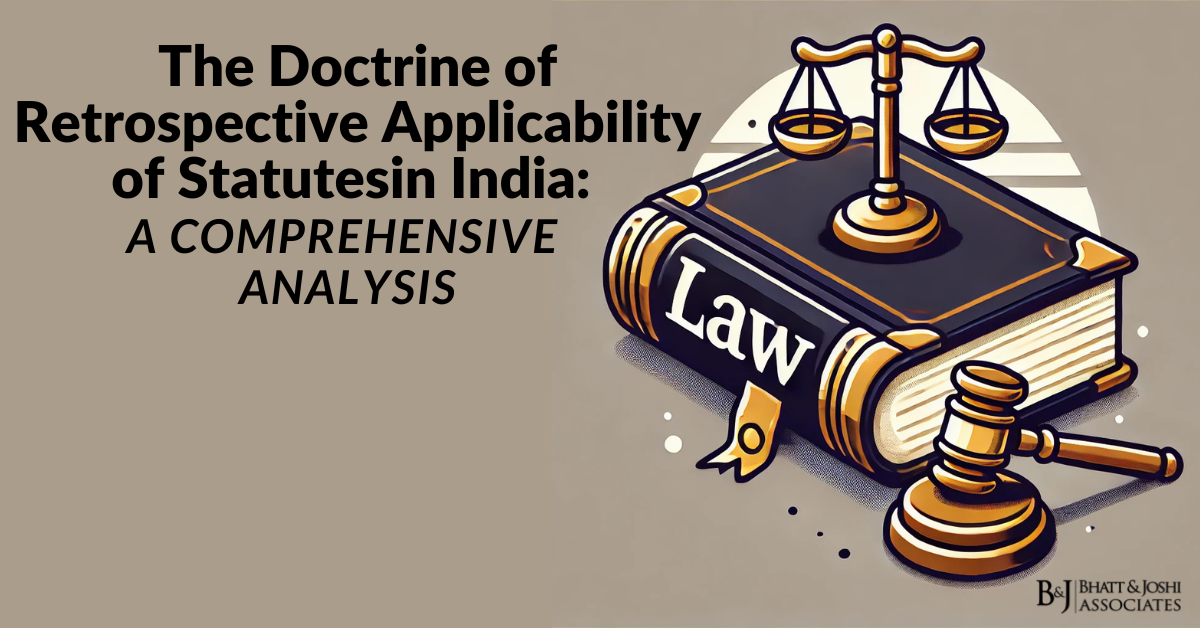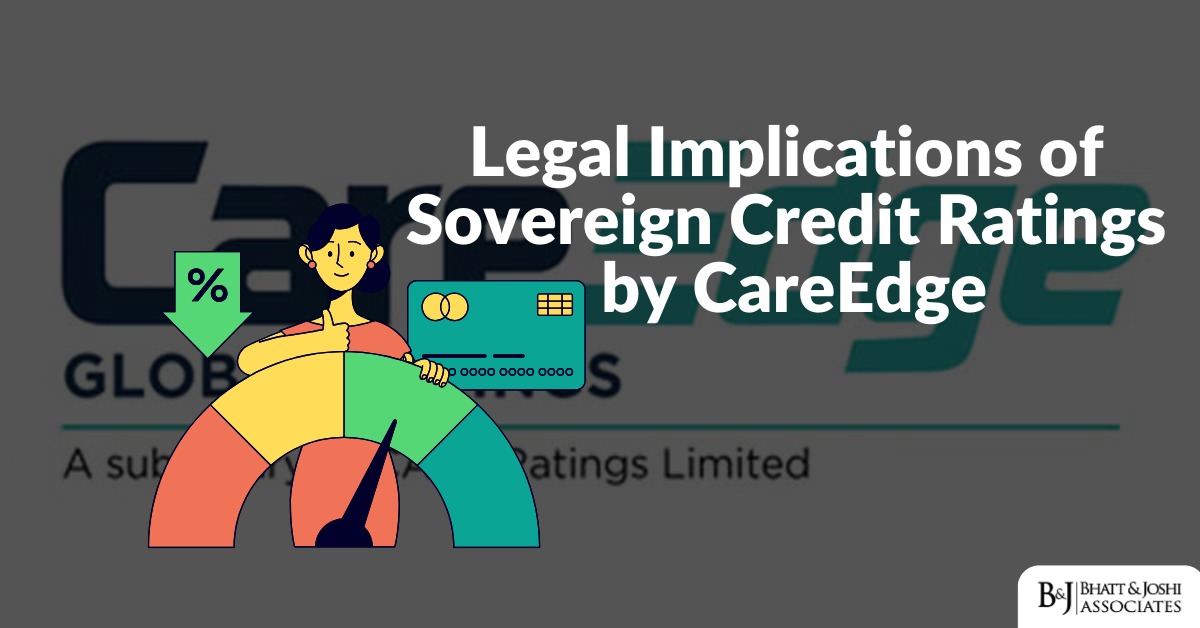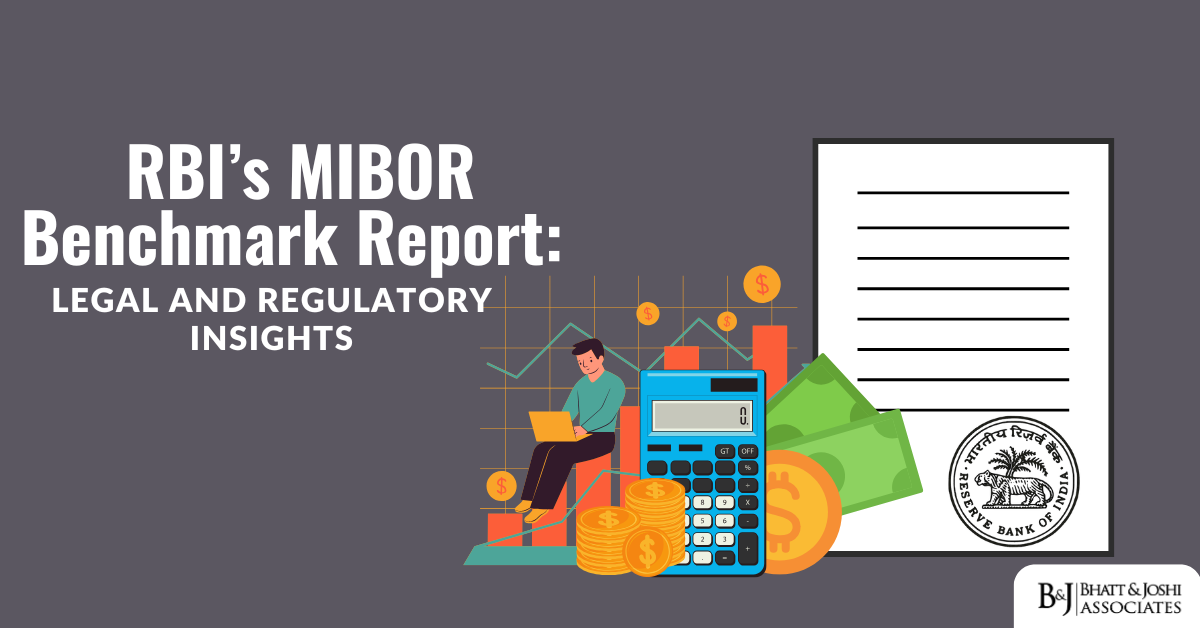Introduction
The internet has revolutionized communication, providing an unprecedented platform for sharing ideas, opinions, and information. While it has enabled individuals to exercise their freedom of expression, it has also brought challenges related to the regulation of online content. This balancing act between safeguarding free speech and addressing harmful content presents a complex legal and ethical dilemma. Governments, international organizations, and courts have attempted to regulate online content through legislation, judicial decisions, and administrative frameworks. This article examines the legal mechanisms, significant case laws, and the ongoing debate surrounding the regulation of online content and freedom of expression.
The Significance of Freedom of Expression
Freedom of expression is a cornerstone of democratic societies, enshrined in international legal instruments such as Article 19 of the Universal Declaration of Human Rights (UDHR) and the International Covenant on Civil and Political Rights (ICCPR). It allows individuals to voice opinions without fear of censorship or retaliation and fosters societal progress through open discourse. However, this right is not absolute. Limitations may be imposed to address issues such as hate speech, defamation, misinformation, and national security concerns, provided they comply with legal principles of necessity and proportionality.
In the context of online platforms, freedom of expression has taken on new dimensions. Social media, blogs, and digital forums offer spaces for the exchange of ideas, allowing marginalized voices to be heard. Yet, the very openness that makes the internet a powerful tool for free expression also renders it vulnerable to misuse. Governments and private entities face the challenge of ensuring that restrictions on speech are not arbitrary or overly restrictive, while addressing the harms caused by malicious or illegal content.
Challenges in Regulating Online Content
The advent of the internet has amplified the scale and reach of harmful content. Hate speech, fake news, cyberbullying, and child exploitation material are among the issues demanding regulatory intervention. Unlike traditional media, online platforms operate globally, complicating jurisdictional enforcement. Moreover, the anonymity afforded by the internet makes it difficult to identify and hold offenders accountable.
Regulating online content must balance the protection of free speech with the need to curtail harmful activities. Overregulation risks stifling legitimate expression, while underregulation could allow the proliferation of harmful content. The rise of artificial intelligence and automated moderation systems has added another layer of complexity, raising questions about transparency and accountability in content regulation. Automated tools may inadvertently censor legitimate speech or fail to detect nuanced forms of harmful content, underscoring the need for human oversight.
In addition to technological challenges, cultural and political factors influence the regulation of online content. What constitutes harmful or unacceptable content often varies across jurisdictions, reflecting differing societal values and norms. This diversity complicates efforts to develop universal standards and underscores the importance of context-sensitive approaches to regulation.
Legislative Frameworks for Regulating Online Content
National Laws
Countries have adopted diverse legal approaches to regulate online content, reflecting differing cultural, political, and legal traditions. For instance, the United States prioritizes free speech under the First Amendment but permits limited exceptions such as incitement to violence and obscenity. The Communications Decency Act (CDA) Section 230 provides immunity to online platforms for user-generated content, fostering innovation but also shielding platforms from liability for harmful content.
In contrast, European countries adopt stricter regulations. The European Union’s General Data Protection Regulation (GDPR) addresses privacy and data protection, indirectly impacting content regulation. Additionally, the Digital Services Act (DSA) imposes obligations on online platforms to remove illegal content and ensure transparency in content moderation. Germany’s Network Enforcement Act (NetzDG) mandates the swift removal of hate speech and other illegal content, imposing significant fines for non-compliance.
India’s Information Technology Act, 2000, provides another example of a national framework. Its intermediary guidelines and digital media ethics codes, introduced in 2021, require platforms to address grievances and remove unlawful content within tight timelines. However, these regulations have been criticized for their potential to curb free speech, particularly when applied to politically sensitive content.
International Standards
International standards provide a framework for balancing online content regulation and freedom of expression. The ICCPR’s Article 19 permits restrictions on freedom of expression if they are provided by law, pursue legitimate aims, and are necessary and proportionate. Regional human rights instruments, such as the European Convention on Human Rights (ECHR), also influence national legal frameworks. The European Court of Human Rights (ECtHR) has issued landmark rulings balancing free speech and content regulation, emphasizing the need for clear, precise, and narrowly tailored laws.
Efforts to harmonize international approaches to online content regulation are exemplified by the work of the United Nations and other global organizations. The UN Guiding Principles on Business and Human Rights, for example, urge corporations, including digital platforms, to respect human rights and operate transparently. Multistakeholder initiatives like the Global Network Initiative also advocate for ethical practices in regulating online content.
Case Laws Shaping Online Content Regulation
United States
In Reno v. American Civil Liberties Union (1997), the U.S. Supreme Court struck down provisions of the CDA that sought to regulate indecent content on the internet, emphasizing that such broad restrictions violated the First Amendment. This case underscored the challenges of crafting content regulation laws that respect free speech.
Another significant case is Packingham v. North Carolina (2017), where the Court invalidated a law prohibiting sex offenders from accessing social media. The decision highlighted the internet as a critical venue for exercising free speech, necessitating careful consideration of restrictions.
European Union
The ECtHR’s ruling in Delfi AS v. Estonia (2015) held an online news platform liable for defamatory user comments. The Court recognized the need to hold intermediaries accountable for harmful content under certain circumstances, setting a precedent for balancing platform responsibility and freedom of expression.
In CJEU’s Google Spain v. AEPD and Mario Costeja González (2014), the Court established the “right to be forgotten,” allowing individuals to request the removal of search engine links to personal data. While empowering individuals to control their online presence, the ruling raised concerns about its impact on freedom of information.
Other Jurisdictions
In India, the Supreme Court’s decision in Shreya Singhal v. Union of India (2015) struck down Section 66A of the Information Technology Act, deeming it unconstitutional due to its vague and overbroad restrictions on online speech. This landmark judgment underscored the importance of clear and precise legal standards in content regulation.
China exemplifies an authoritarian approach, employing extensive content controls under its Cybersecurity Law and other regulations. While these measures aim to maintain social stability, they have been widely criticized for suppressing dissent and restricting access to information. The Great Firewall of China serves as a prominent example of government-imposed internet censorship.
The Role of Online Platforms in Content Regulation
Online platforms such as Facebook, Twitter, and YouTube play a central role in content regulation. These companies use community guidelines, automated moderation tools, and human moderators to remove harmful content. However, their policies and practices often lack transparency, leading to accusations of bias and arbitrary enforcement.
The actions of platforms are increasingly scrutinized in court. For instance, in Netchoice LLC v. Paxton (2023), a U.S. federal court reviewed Texas’s law prohibiting platforms from censoring content based on viewpoint. The case highlighted the tension between protecting free speech and allowing platforms to curate content responsibly.
Platforms also face challenges in enforcing content policies across diverse jurisdictions. Cultural differences and varying legal requirements complicate the implementation of consistent moderation practices. Transparency reports and independent oversight mechanisms are emerging as potential solutions to enhance accountability.
Judicial Insights and Trends in Online Content Regulation
Courts worldwide continue to grapple with the interplay between technology, free speech, and regulation. Key trends include an increasing emphasis on balancing competing rights, such as freedom of expression and the right to privacy. Courts are also focusing on the proportionality and necessity of restrictions on online speech, ensuring that limitations serve legitimate aims without unduly infringing on fundamental rights.
Another emerging trend is the recognition of platform accountability. Courts are exploring the extent to which platforms should be held liable for user-generated content, with a growing emphasis on transparency and due process in content moderation decisions. This shift reflects a broader societal expectation that platforms act responsibly in managing the vast amounts of content they host.
The Path Forward: Harmonizing Regulation and Freedom of Expression
The regulation of online content is a dynamic and evolving field. Governments, courts, and platforms must collaborate to address emerging challenges. Key priorities include developing clear and transparent legal standards that strike a balance between safeguarding free speech and addressing harmful content. Laws should be narrowly tailored to target specific harms, avoiding overly broad or vague restrictions.
Enhancing platform transparency is another critical priority. Platforms should disclose their moderation policies and decision-making processes, ensuring accountability and building public trust. Independent oversight mechanisms, such as external audits or advisory boards, can provide additional safeguards against arbitrary enforcement.
International cooperation is essential to address the global nature of online content regulation. Cross-border collaboration can help harmonize standards, share best practices, and combat transnational challenges such as misinformation and cybercrime. Regional agreements and multilateral initiatives can play a vital role in fostering coordinated responses.
Safeguarding marginalized voices is a crucial consideration in content regulation. Efforts to combat harmful content should avoid disproportionately silencing vulnerable groups, ensuring that diverse perspectives are represented online. Inclusive policymaking processes can help identify and address the unique needs of different communities.
Conclusion Online Content and Freedom of Expression
Regulating online content while safeguarding freedom of expression is a delicate balancing act that requires nuanced legal and policy responses. By adhering to principles of necessity, proportionality, and transparency, societies can create an internet that respects free speech while protecting against harm. Through robust legislation, thoughtful judicial interpretations, and responsible platform governance, the balance between regulation and freedom can be maintained, fostering an inclusive and safe digital environment.














